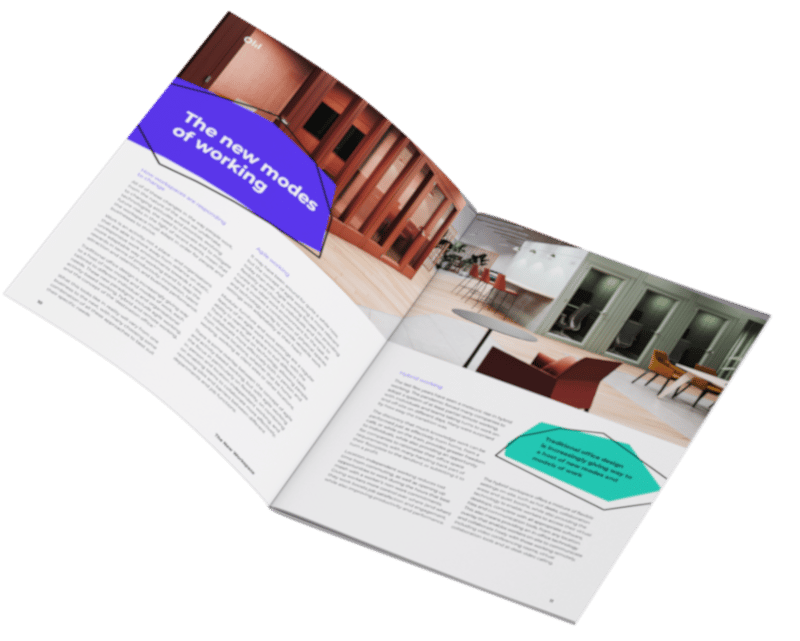The term ‘agile working’ underpins the efforts made by a company to encourage increased productivity, by allowing its employees to work from anywhere, much like flexible working, however they choose. Agile working creates a mutually beneficial company culture, as employees are given an improved work-life balance, and the company cuts down on costs while also reaping the benefits of their more motivated workforce.
Working without boundaries
The technological advancements we have at our fingertips today mean that we can work more productively than ever before; we just need to know how to utilise them. Agile working aspires to ensure that your workforce is not constricted within the confines of time or space.
If one member of staff is a night owl and prefers to work in the early of the hours of the morning, while the rest of their team is sleeping, then so be it. Their productivity and inspiration levels aren’t held back by inflexible working hours that don’t consider when they’re at peak performance. Equally, if another employee lives hours away and decides they would prefer to work from home, they can do so. Working without boundaries shows employees that their ability to complete a task effectively shouldn’t be restricted by outdated limitations that don’t matter so much in today’s modern age. We can now effectively communicate from wherever we are in the world, at whatever time.
There are limited boundaries within agile and flexible working. We’re here to teach you more about the many benefits of agile and flexible working. Imagine a spaceless workspace?
The spaceless workspace
When it comes to agile working, you don’t actually need a permanent, or even a physical, workspace. Hot-desking is already a popular phenomenon, whereby members of staff are constantly rotating their workspaces. It involves allowing them to move to spaces that best suit the task at hand. Employees can move to collaborate easily with people they don’t usually sit near. Or, they can move to the space that has the specific kind of equipment or technology they require, exactly when they need it. Space is utilised to be as efficient as possible.
Alongside the physical workspace is the non-physical workspace. Agile working involves encouraging employees to work from wherever they like. Whether they choose to stay cosy at home or sip coffee in their favourite café, the workspace doesn’t have to be provided by the company. This reduces commuting time, as well as the related CO2 emissions, significantly. The company also cuts back on the costs associated with running a physical office, while the employee has the freedom to work from wherever they are at their most productive. They can also switch up their workplace on a whim, ensuring a constant flow of inspiration.
Engaging with employees
More so than just flexible working alone, implementing agile working strategies requires management teams to fully engage with their employees. In order to develop agile work systems that run smoothly, it’s essential that management works closely with individuals to ascertain their ideal working conditions. This allows team leaders to familiarise themselves with their staff’s habits, which could prompt further opportunities beyond agile work. Getting to know your employees more is always a constructive way to run things.
As a result of the increased job satisfaction encouraged by their carefully re-structured working methods, employees become more engaged with the work they are doing, too. This leads to enriched outcomes and improved efficiency.
A revitalised workforce
Similar to how flexible working works, agile working aims to improve the work-life balance of its teams. Agile working achieves this with great success and more. When employees feel like work is taking over every waking moment, they can feel disheartened by the seemingly ceaseless workload they have. Choosing their own environment allows them to nurture inspiration and motivation on their own terms, while they can work flexibly at times that suit their lifestyle.
Forming negative connotations to the workplace and how tasks are completed can significantly hinder work ethic. Once agile work strategies have been implemented, employees will recognise how their preferences related to the working environment are being considered, and how valued they are by the company, and their achievements will progress accordingly.

